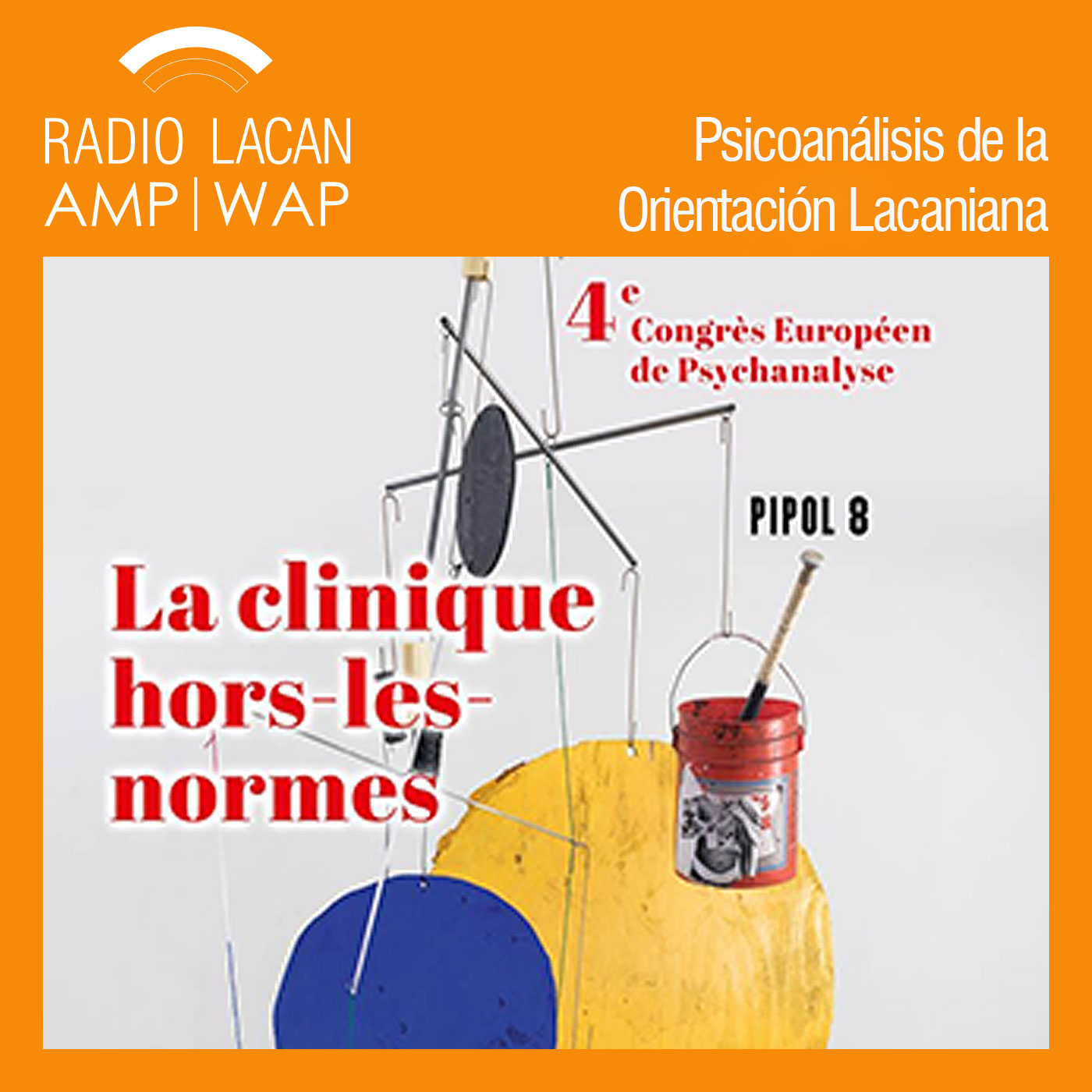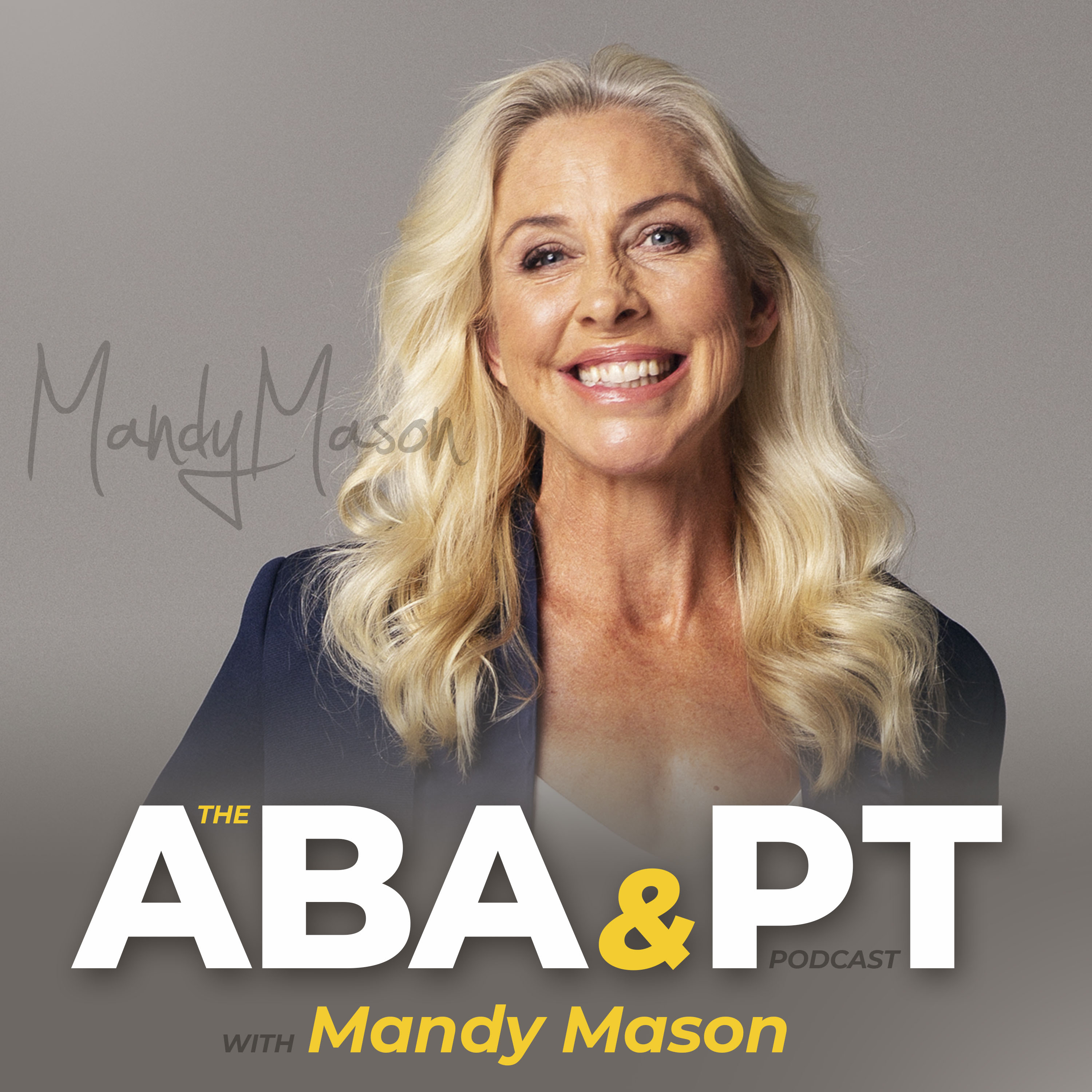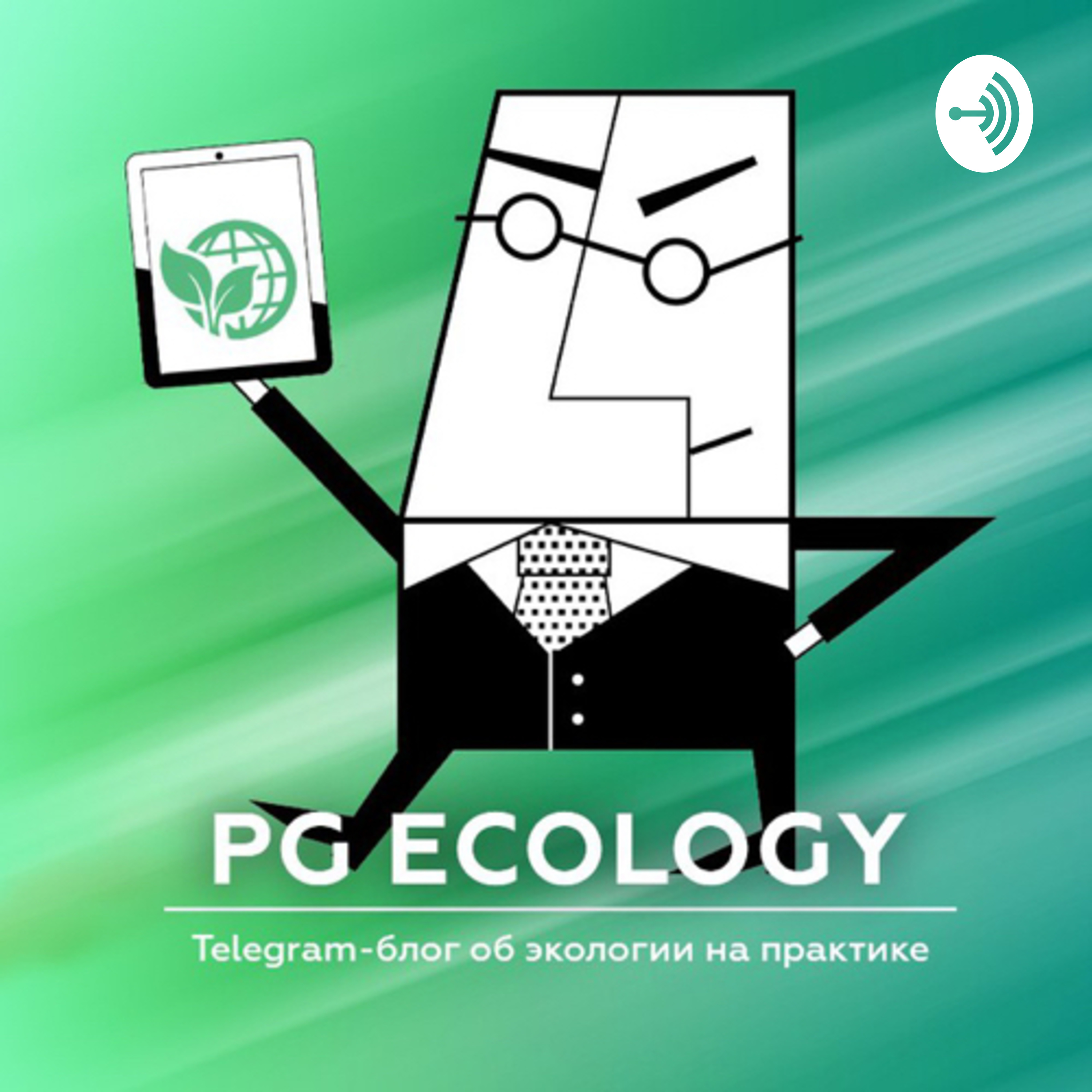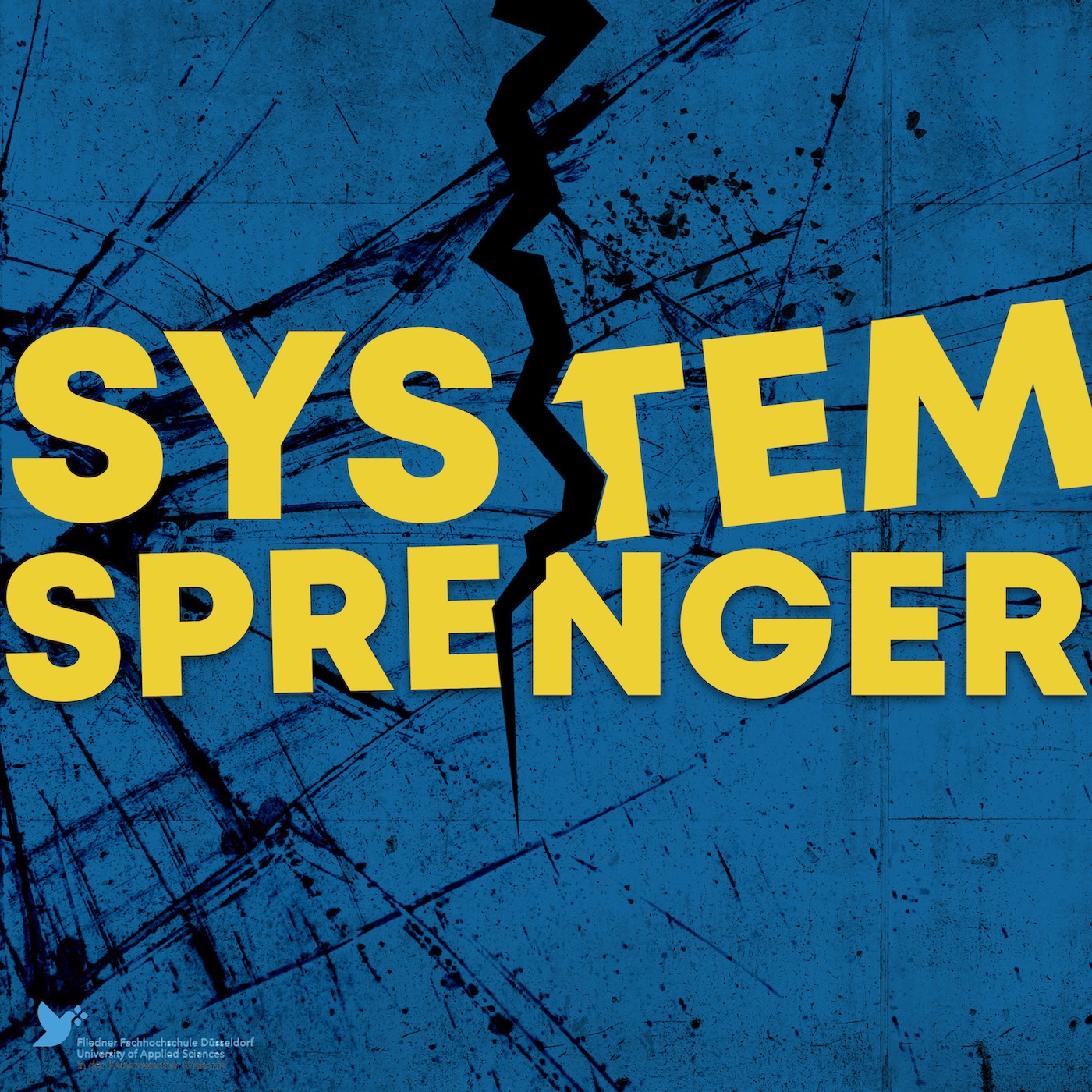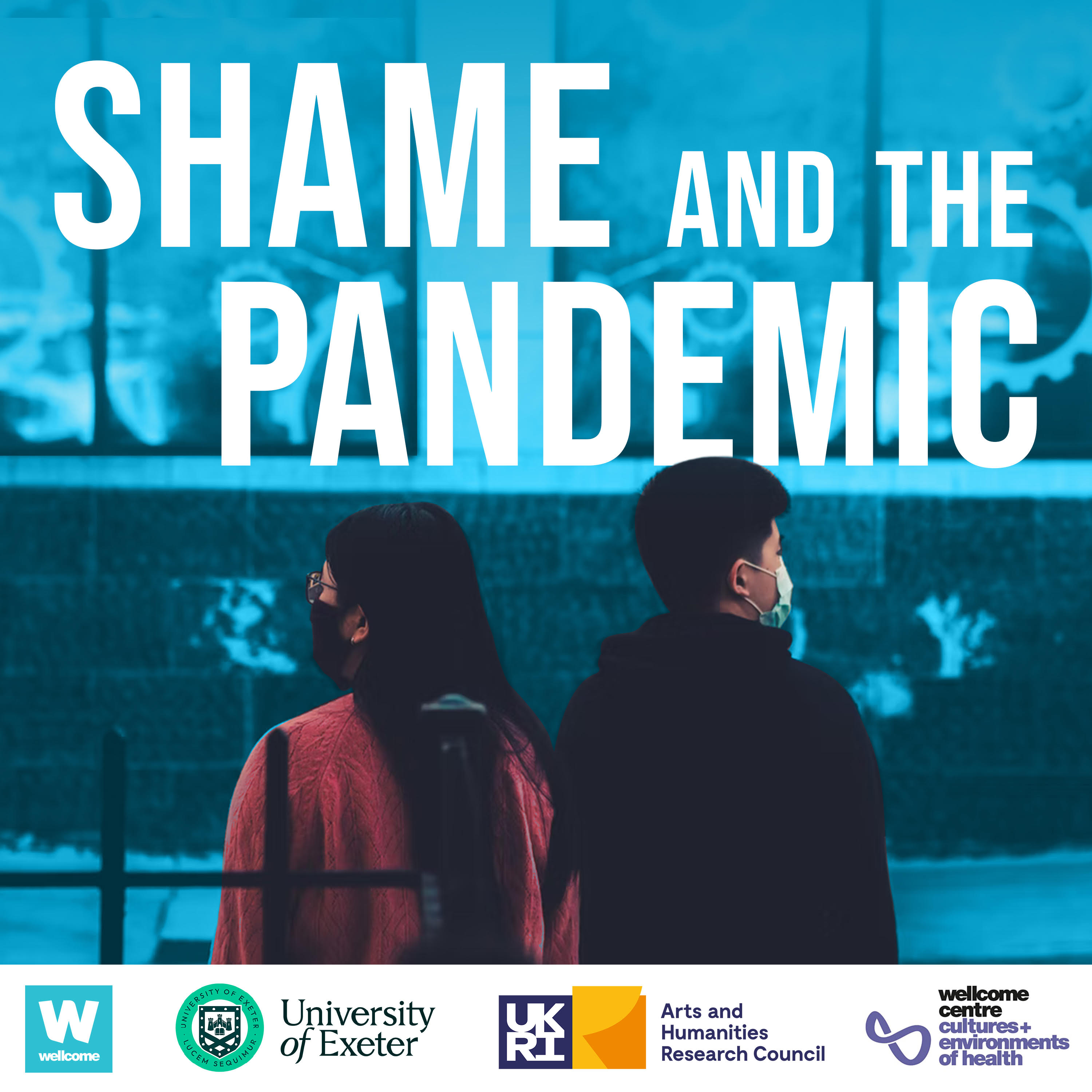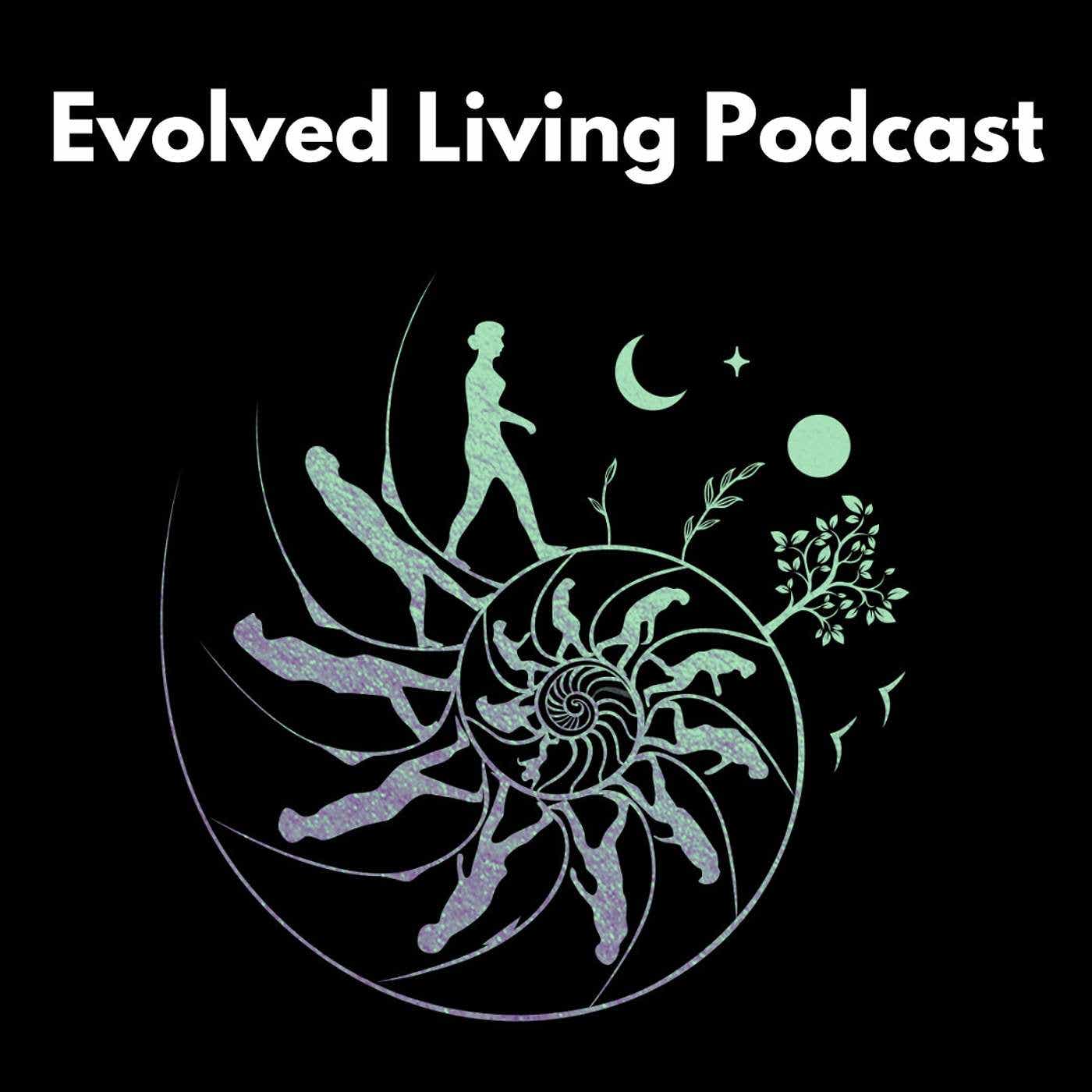 |
Evolved Living PodcastOccupational Therapist, occupational scientist & open citizen science advocate co-creating liberatory, ecological, & collaborative solutions beyond institutional systems through art, wisdom & applied science. Author: Dr. Josie Jarvis OT
The Evolved Living Podcast with Dr. Josie Jarvis, PP-OTD, MA-OTR/L, BA, BS Hosted by occupational therapist, occupational scientist, and open citizen science advocate Dr. Josie Jarvis, The Evolved Living Podcast explores how we can bridge art, science, and wisdom to co-create more liberatory, ecological, and collaborative systems of care. Each episode invites critical yet compassionate dialogue across disciplinesconnecting practitioners, educators, researchers, and community members who are working toward holistic, trauma-informed, and life-affirming change. Together, we translate occupational science into real-world practice and collective wellbeing through honest, inclusive, and transformative conversations. josiejarvisot.substack.com Language: en Genres: Life Sciences, Science, Social Sciences Contact email: Get it Feed URL: Get it iTunes ID: Get it |
Listen Now...
🌿 Beyond the Hierarchy: Rethinking Evidence in Occupational Therapy
Monday, 27 October, 2025
When I first learned about evidence-based practice, I remember staring at that glossy triangle — the research hierarchy pyramid — with meta-analyses gleaming at the top like sacred scripture.It was comforting at first. Finally, a clear map of what counts as truth.But once I entered practice, that tidy hierarchy started to crumble under the weight of real people’s lives.Human beings aren’t controlled variables, and occupation doesn’t fit neatly into double-blind trials.The Trouble with the Old PyramidThe traditional Evidence-Based Practice (EBP) pyramid was built for biomedical and pharmaceutical research, where the goal is to test isolated variables across large populations (Duke University Medical Center Library, n.d.).That works beautifully when you’re measuring how a medication lowers blood pressure.But occupation is not a pill — it’s a process.It’s meaning, context, motivation, and environment woven together.In OT, our “data set” is often one person at a time — a life lived in context.Trying to flatten that into a universal protocol often means losing what makes our work effective and human.The Tomlin & Borgetto Research Pyramid: A Model That Fits Our FieldIn 2011, George S. Tomlin and Brandon Borgetto published Research Pyramid: A New Evidence-Based Practice Model for Occupational Therapy in The American Journal of Occupational Therapy (Tomlin & Borgetto, 2011).They didn’t just redraw the pyramid — they reimagined what evidence could look like.Their four-sided model includes:* Descriptive research — defining and observing occupational phenomena (the foundation).* Experimental research — asking causal questions under controlled conditions.* Outcome research — measuring effectiveness and impact in practice settings.* Qualitative research — exploring lived experience, culture, and meaning.Each side contributes uniquely to a full picture of occupational reality.Rather than stacking these methods into a hierarchy, Tomlin and Borgetto framed them as mutually reinforcing, like the faces of a pyramid that meet at the top — where evidence becomes practice.“Rather than ranking designs by hierarchy, the research pyramid encourages practitioners to evaluate rigor based on the type of question being asked.”— Tomlin & Borgetto (2011, p. 190)Why This Matters in PracticeIn home health, I’ve seen firsthand how rigid hierarchies undervalue the evidence that actually drives change.An RCT can tell me which exercise statistically improves shoulder flexion — but not whether my client can now garden with her grandchildren, or return to painting without pain.Occupational therapy lives where biology meets biography.To serve people well, we need research frameworks that make room for both.The Critiques That Strengthen UsScholars such as Gallew (2016) argue that the old hierarchy often silences the very forms of knowledge that make OT powerful — narrative, context, creativity.When we measure success only by quantitative control, we risk missing the human story.Occupational science reminds us that people are meaning-making beings.Our science must be capable of holding that complexity.How I Apply the Tomlin & Borgetto Pyramid* For mechanical reliability, I turn to experimental studies.* For real-world effectiveness, I consult outcome research.* For understanding experience, I value qualitative inquiry.* And at the root of it all, I rely on descriptive studies to ground my reasoning.Each approach has a place.Evidence becomes less about hierarchy and more about harmony — a dynamic ecosystem of knowing.Reclaiming Evidence as a Living PracticeEmbracing this model isn’t about lowering standards; it’s about broadening the lens.It validates community programs, arts-based methods, trauma-informed care, and culturally grounded interventions that might never fit into traditional RCTs.When we expand what counts as evidence, we expand what’s possible — for our clients, our profession, and the world we’re helping to rebuild.🌿 Learn More: Foundations of Occupational Science for U.S.-Based OTPsIf this conversation sparks something in you — the urge to better understand why occupational therapy feels different from other disciplines and how to ground that difference in research and policy — I invite you to join me inside Foundations of Occupational Science for U.S.-Based OTPs.This self-paced capstone learning experience bridges theory and practice, guiding practitioners and students to:* Decode the real meaning and application of the Tomlin & Borgetto Research Pyramid.* Integrate occupational science concepts into documentation, advocacy, and program design.* Reclaim OT’s creative and psychosocial roots while navigating contemporary U.S. systems.* Build confidence in articulating the full scope of practice — in language policymakers, payers, and interdisciplinary teams understand.You can explore the course and all current offerings here:👉 engage.evolvedlivingnetwork.comTogether, we’re building a movement of practitioners who see evidence as a living, liberatory practice — one that honors both the science and the soul of occupation.ReferencesDuke University Medical Center Library. (n.d.). The evidence-based practice pyramid. Retrieved from https://guides.mclibrary.duke.edu/ebmtutorial/ebp_pyramidGallew, H. A. (2016). Evidence-based practice: Critiques and contextual applications. In H. M. Hagedorn (Ed.), Occupation in context: A reflective practice approach (3rd ed., pp. 51–68). F. A. Davis.Tomlin, G. S., & Borgetto, B. (2011). Research pyramid: A new evidence-based practice model for occupational therapy. American Journal of Occupational Therapy, 65(2), 189–196. https://doi.org/10.5014/ajot.2011.000828 This is a public episode. If you would like to discuss this with other subscribers or get access to bonus episodes, visit josiejarvisot.substack.com

